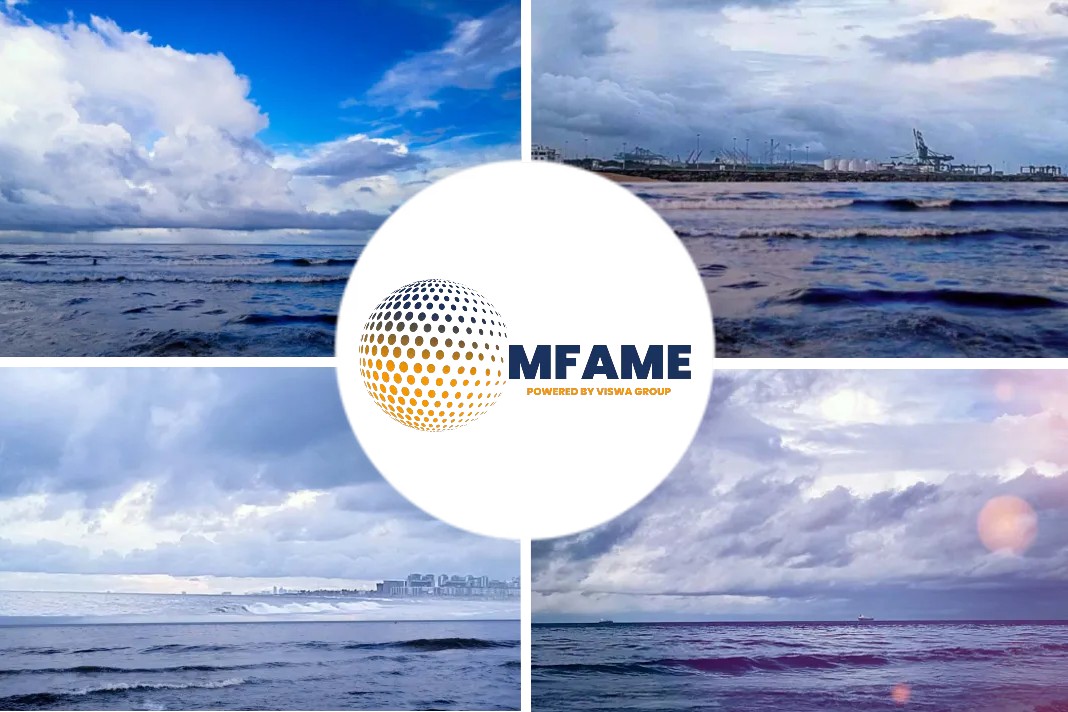- Asia’s LNG importers risk supply disruptions if the Ukraine crisis were to escalate and impact Russian gas deliveries to Europe, but most countries are yet to prepare a response for such an eventuality or take measures to backstop gas supplies.
- Other market participants also expect the Russian-Europe gas trade to be ringfenced.
- Contractual commitments to Asian buyers, many of whom have adopted security of supply strategies due to last year’s price volatility, caps the volume of flexible supply in the market, while upside to global LNG production is limited, Cottell said.
If the Ukraine situation escalates and affects Russian gas deliveries to Europe, Asia’s LNG importers face supply delays, but most nations have yet to formulate a response or take measures to backstop gas supplies as reported by S&P Global Platts.
Geopolitical uncertainty
Economies like Japan, China and South Korea have some of the largest dependencies on LNG imports in the Asia-Pacific, but also have limited contingency options, given that gas markets do not have the same level of stockpiling requirements as crude and petroleum products.
Asian countries are also entering a period of geopolitical uncertainty after the price extremes of 2020 and 2021 that demonstrated how interconnected the Atlantic and Pacific basins have become, and how fluid trade flow changes can be.
S&P Global Platts Analytics believes that a complete curtailment of Russian gas to Europe is in neither side’s interest and remains a highly unlikely scenario, even in the event of a full Russian invasion of Ukraine.
Other market participants also expect the Russian-Europe gas trade to be ringfenced.
“Turkey’s downing of a Russian jet in 2015 did not affect Russian gas exports to Turkey,” Citigroup said in a note to clients on Jan. 25.
Deliveries disrupted
In addition, a significant disruption of pipeline gas from Russia to Europe is also unlikely to be completely solved by LNG due to capacity and logistical constraints in replacing all of the potential lost supply, said Jeff Moore, Manager, Asian LNG Analytics at S&P Global Platts.
However, the US said Jan. 25 that it was working to “identify additional volumes of non-Russian natural gas from various areas of the world — from North Africa and the Middle East to Asia and the United States” and it was “in discussions with major natural gas producers around the globe to understand their capacity and willingness to temporarily surge natural gas output and to allocate these volumes to European buyers.”
This has increased concerns of a scenario in which Russian deliveries are disrupted, and Europe turns to LNG as an emergency option.
“Nameplate European regasification capacity sits at 208 Bcm/year (excl.
Turkey and Malta), well above 2021 imported volumes of 98 Bcm/year and forecast 2022 imports of 110 Bcm/year, raising the possibility that Europe could lean on global LNG markets to fill a significant proportion of Russian gas in any disruption scenario,” said Luke Cottell, Senior LNG Analyst, S&P Global Platts.
Pull-on Asian LNG
Asian LNG importers currently face a twofold conundrum if Europe shifts a large portion of its gas procurement to LNG — a surge in spot LNG prices and a large-scale diversion of global LNG to Europe, potentially leaving those without the safety of contracts to scramble for supplies.
LNG trade flows in 2021 demonstrated how quickly arbitrage economics can change due to price volatility.
Cottell said this newly-found Asian demand elasticity could be called on, especially if prices move above the $20/MMBtu mark.
He said fresh record-high prices could lead to further flexibility in LNG flows, with East of Suez supply moving to Europe due to Asian contractual buyers with destination flexibility re-selling term volume into the spot market.
However, market participants have voiced concerns about the sanctity of long-term contracts as contractual suppliers defaulted on cargoes even in 2020 and 2021.
Traders also expect more legal battles over force majeure declarations as a war or conflict is an easy trigger for such incidents.
Few supply options
Cottell said a supply disruption scenario will just prolong and potentially exaggerate the current LNG market dynamic in Asia, as current prices already point most flexible supply to Europe and buy-side activity in Asia is very limited.
“From an Asia perspective, it’s important to note that we have seen significant economic turndowns in demand at the current price levels, which helps mitigate the need for spot procurement,” Moore said.
“We estimate there is more than 50 million cu m/d of demand lost across APAC when JKM is above $20/MMBtu for an extended period.”
Asian countries are generally emerging from a mild winter with healthy inventories, providing some comfort in LNG supply.
But LNG prices are still above $20/MMBtu and all eyes are on Ukraine.
Did you subscribe to our newsletter?
It’s free! Click here to subscribe!
Source: S&P Global Platts






















